What to Do If You Are Bitten by a Tick (+ When to Worry)
on Jun 27, 2025
This post may contain affiliate links. Please read our disclosure policy.
Ticks are more than just a nuisance—some of them carry serious diseases like Lyme and Rocky Mountain Spotted Fever. You certainly want to avoid ticks, but don’t panic if you happen to find one on your body.
Here’s a step-by-step guide to removing ticks, recognizing symptoms, and knowing when to see a doctor.
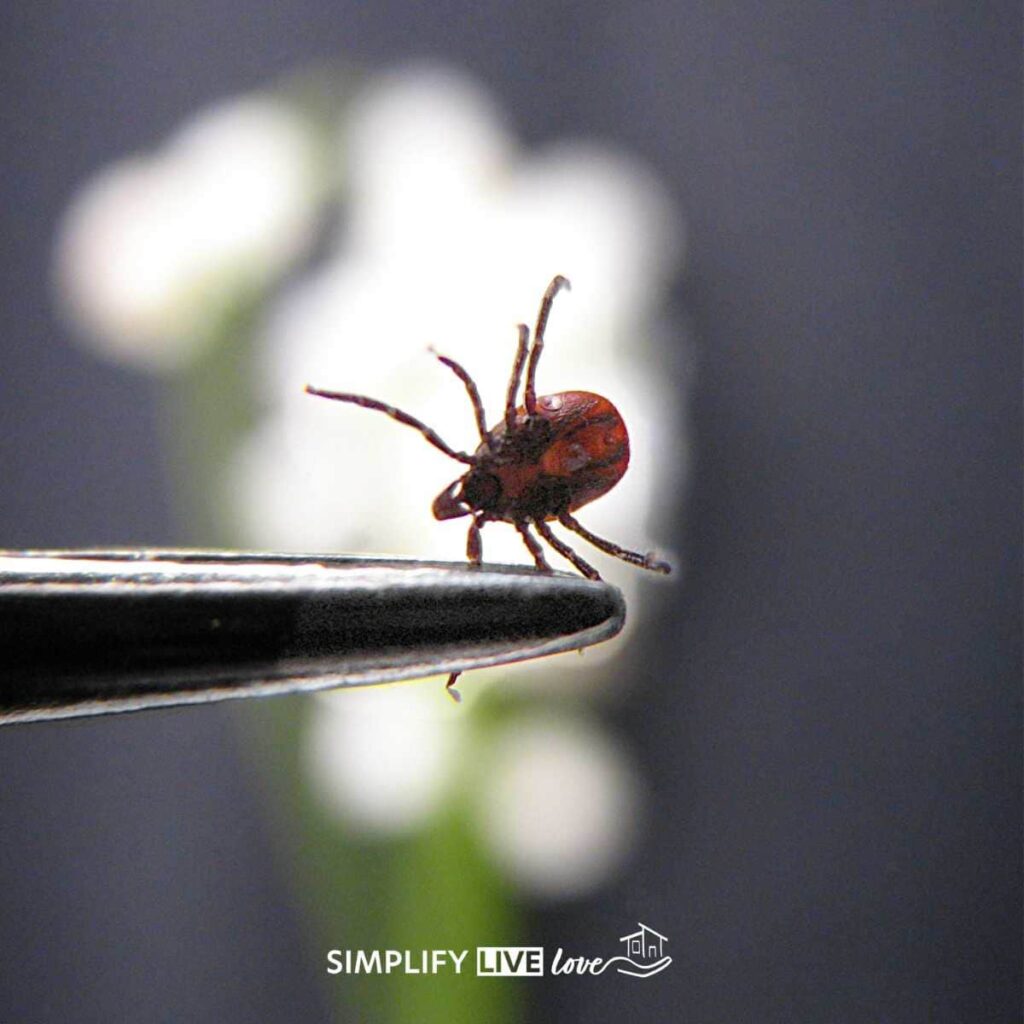
🧭 Quick Tick Bite Checklist
✅ Remove the tick with tweezers
✅ Clean the bite with soap, alcohol, or iodine
✅ Save the tick in a sealed bag or flush it
✅ Watch for rash, fever, or fatigue
✅ Contact your doctor if symptoms develop
Photo Credit
Medical disclaimer: I’m not a doctor, nor do I want to be. Consult your doctor for any specific concerns you may have about ticks and tick bites.
Table of Contents
Types of Tick-Borne Illnesses
First, it’s very important that you don’t panic! Most tick bites on humans are relatively benign and pose no long-term threat. The risk of developing lyme disease from a deer tick bite is about 10% according to UConn Today.
Stay calm and understand that while most tick bites are gross, they aren’t necessarily dangerous. Some tick-borne illnesses can be severe so it’s important to take precautions.
Lyme Disease
Caused by bacteria from infected ticks. Early signs may include fever, fatigue, or a bull’s-eye rash, but not everyone gets a rash. Joint pain and neurological symptoms may appear later.
Rocky Mountain Spotted Fever
This potentially life-threatening illness can cause high fever, rash, headache, and nausea. Treatment with doxycycline is most effective when started early—don’t wait for test results if symptoms show.
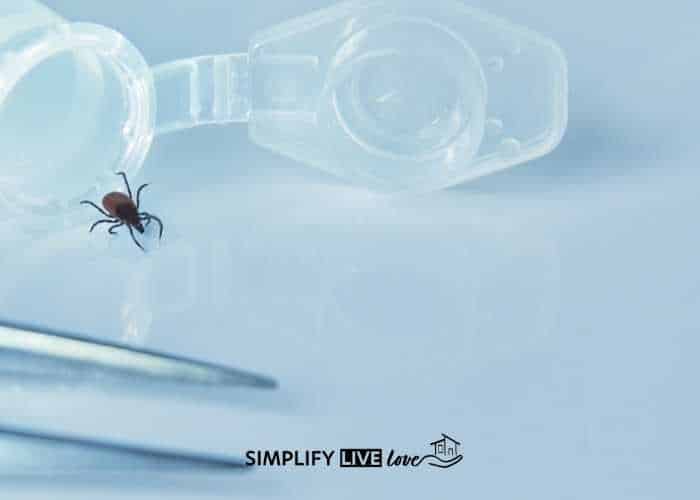
How to Safely Remove a Tick
Tick removal is not as simple as just grabbing it and pulling. Go slowly to avoid disturbing the tick. Potential bacteria or illnesses are released through the tick saliva. Here’s a checklist for safely removing a tick from your skin.
- Use fine-tipped tweezers.
- Grasp the tick close to the skin.
- Pull upward gently—don’t twist.
- Clean the bite with rubbing alcohol or soap.
- Save the tick in a sealed bag (in the freezer) for possible testing.
💡 Tip: Take a photo of the tick for ID purposes.
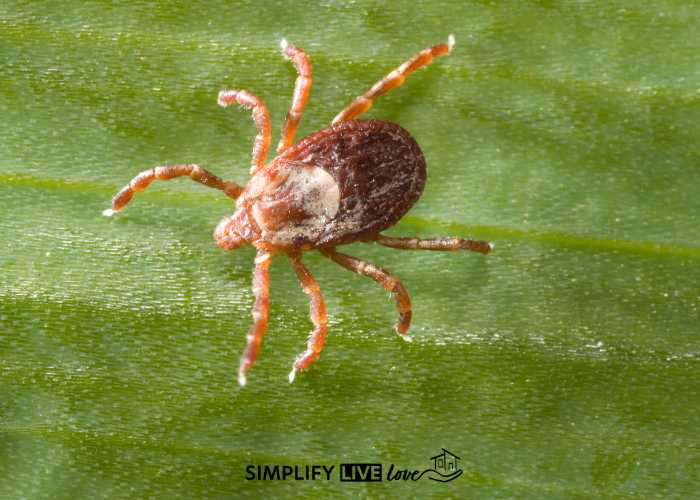
What to Do After the Tick Is Removed
Once you’ve removed the tick, it’s important to clean the area properly with soap and water. Use antibacterial soap, rubbing alcohol, or iodine to clean the area well and wash your hands. This is important to ward off skin infections.
Also, the following steps are very important:
- Monitor the bite for redness or rash.
- Draw a circle around the bite to track changes.
- Watch for symptoms like fever, aches, or fatigue over the next few weeks.
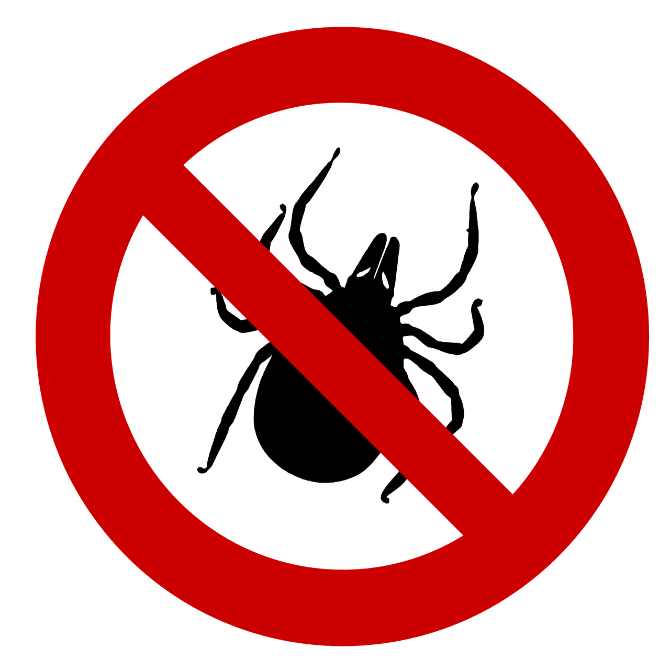
Dispose of the Tick or Keep it for Testing
Whether you decide to flush the dirty bugger down the toilet or send it off for testing, I recommend taking a close up picture of the tick. Your doctor can ID the tick and use this information if you have any complications.
Due to their body structure, ticks are hard to kill. It’s recommended to flush them down the toilet and keep flushing until it is GONE. (New fears unlocked of a renegade tick climbing up the side of the toilet and to you know where.)
It’s also possible to keep the tick for further testing. You might want to do this for a couple days until you verify that you have no rashes or other tick bite symptoms. The Bay Area Lyme Foundation, will test your tick for free if you fill out their form and mail in the tick. You can find more free labs by Googling ‘free tick testing.’ If you decide to keep the tick, put it in a ziplock baggie and then put the baggie in your freezer. LABEL the baggie.
Pin this now to find it later
Pin ItWhen to See a Doctor
See your healthcare provider if you notice:
- Fever or chills
- Headache
- Muscle aches
- Fatigue
- Any rash (especially a bull’s-eye)
📌 Ask for: Elisa and Western Blot blood tests for Lyme or tick-borne illnesses. These tests can have false negatives—if symptoms persist, seek a second opinion from a Lyme-literate medical doctor (LLMD).

What Does a Tick Bite Rash Look Like?
- Lyme disease rash: Often a red circle with a clear center (but not always present).
- Other rashes: Can be flat, raised, or blotchy depending on the illness.
If you notice any unusual rash, especially with other symptoms, call your doctor.
Do You Always Need Antibiotics?
No, but in high-risk areas or when symptoms appear, your doctor may prescribe preventive antibiotics like doxycycline. Don’t wait if you’re concerned—early treatment is key.
Preventing Tick Bites Naturally
- Use 0.5% permethrin on clothes and gear.
- Stick to clear trails—avoid tall grass and leaf litter.
- Shower and check your body within 2 hours of being outside.
- Toss your clothes in the dryer on high heat for 10 minutes.
- Don’t forget to check your pets!
Tick Bite Myths to Ignore ❌
🚫 Petroleum jelly
🚫 Nail polish
🚫 Burning the tick with a match
These methods don’t work—and they may make things worse.
🧐 FAQ: Tick Bites and Safety
How long does a tick have to be attached to transmit Lyme disease?
Most experts agree that a tick must be attached for 36–48 hours to transmit Lyme disease. That’s why it’s important to check for ticks daily after being outdoors.
What happens if the tick’s head gets stuck?
Don’t panic. If part of the tick remains in your skin, clean the area well. Your body may push it out naturally. If it becomes red or swollen, see your doctor.
Should I go to the ER after a tick bite?
Not usually. Go to the ER only if you develop severe symptoms like a high fever, a spreading rash, or signs of an allergic reaction. Otherwise, monitor at home and call your doctor with concerns.
Can I use essential oils to remove a tick?
No. Essential oils, petroleum jelly, and heat are not recommended for tick removal. These methods can make the tick release more saliva, increasing your risk of infection.
Do I need antibiotics after every tick bite?
Not always. Your doctor will consider your location, symptoms, and the tick species. In some cases, a preventive dose of doxycycline may be prescribed.
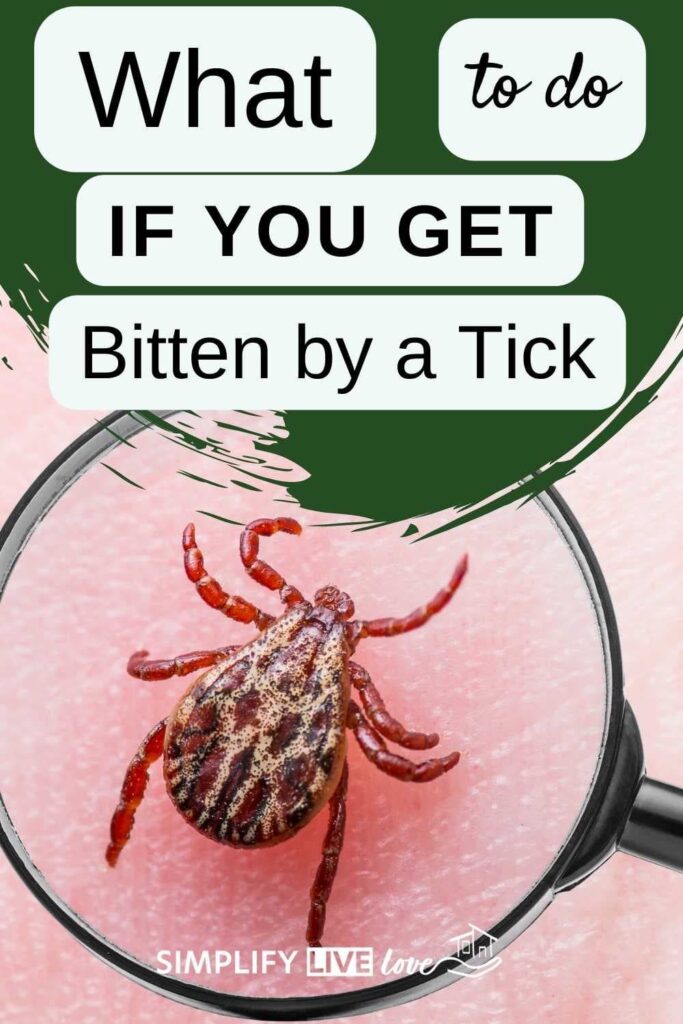
Are you concerned about tick bites? Make sure you read this post on natural ways to prevent tick bites too.














Great share Michelle Marine. Very good information you shared.
That Bay Area company does NOT offer free testing. There are two links for companies that charge for tests…
It must have changed since this posted. I’ll take a look and update. Thanks for the info.